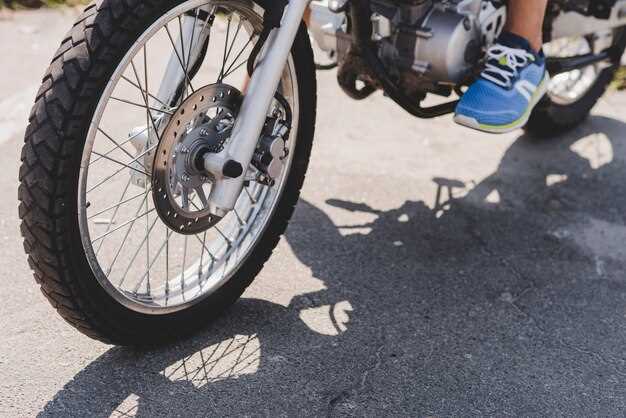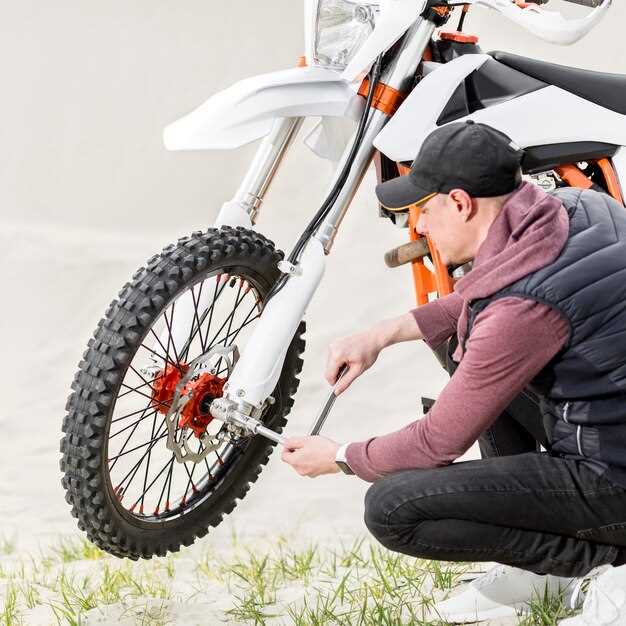

The safety of any motorcycle rider largely depends on the functionality of its braking system. Brakes are crucial for stopping the bike efficiently and preventing accidents. As with any mechanical component, motorcycle brakes endure wear and tear over time, necessitating regular maintenance and timely replacements. Ignoring the signs of brake deterioration can lead to compromising safety and performance, making it essential for riders to be vigilant.
Identifying when to replace motorcycle brakes can save riders from potential hazards and costly repairs. There are several notable indicators that suggest it may be time for a brake replacement. These signs encompass changes in performance, unusual noises, and visible wear on the brake components. Understanding these warning signals ensures that riders remain proactive in maintaining their motorcycles, ultimately enhancing their riding experience and safety on the road.
In this article, we will delve into the specific signs that indicate a need for brake replacement. By recognizing these symptoms early, riders can take appropriate actions to address their motorcycle’s braking needs, ensuring optimal performance and safety. Being informed about the condition of your brakes is not only a matter of enhancing ride quality but also a critical component of responsible motorcycling.
Unusual Sounds When Braking

Listening closely to your motorcycle while braking is essential for maintaining safety and performance. Unusual sounds can indicate various issues with the braking system, often signaling that it’s time for a replacement.
One of the most common sounds to be aware of is a squeaking or squealing noise. This can occur when the brake pads wear down and the wear indicators come into contact with the rotor. If this sound is persistent, it often means the pads are nearing the end of their lifespan.
A grinding noise is another alarming sound that should not be ignored. This typically indicates that the brake pads have worn through completely, resulting in metal-on-metal contact with the rotor. Continuing to ride under these conditions can lead to severe damage to the braking system and increased repair costs.
Pulsating or thumping sounds during braking can also signal concern. These sounds may indicate warped rotors, which can result from overheating or prolonged use. Warped rotors not only affect braking efficiency but can also lead to uneven wear on the brake pads.
If you hear clicking or popping sounds, particularly when engaging the brakes, this could indicate that your brake components are loose or failing. Such noises may suggest a more severe issue that requires immediate attention to prevent potential brake failure.
In conclusion, paying attention to unusual sounds when braking can provide critical insights into the health of your motorcycle’s braking system. If you encounter any of these noises, it’s advisable to inspect your brakes promptly and consider replacements as needed to ensure safe riding.
Reduced Brake Performance and Feel
One of the most critical indicators that it’s time to replace your motorcycle brakes is a noticeable reduction in brake performance and feel. When you apply the brake lever, it should engage smoothly and provide immediate feedback. If you experience a spongy or soft feel, this can signal air in the hydraulic system or worn-out brake components.
A decline in stopping power is another significant sign. If you find yourself pulling the lever harder to achieve the same stopping distance, it’s crucial to investigate. This diminished effectiveness can result from worn brake pads, damaged rotors, or even issues with the brake fluid.
Additionally, listen for unusual sounds during braking. Squeaking, squealing, or grinding noises suggest that the brake pads may have worn down to the metal. This condition not only compromises braking efficiency but can also lead to further damage to the braking system.
Lastly, if you feel vibration or pulsation in the brake lever or pedal, it might indicate warped rotors, which require immediate attention. Addressing these issues promptly ensures safety and maintains optimal brake performance.
Visible Wear on Brake Components

One of the most critical indicators that it may be time to replace your motorcycle brakes is visible wear on the brake components. Regular inspection can help identify issues before they become serious problems. Look for the following signs:
Brake Pads: Examine the brake pads for thinning material. Most motorcycle brake pads have a wear indicator that becomes visible as the pad material wears down. If the pad comes close to the metal backing or is below 3 mm in thickness, replacement is necessary. Additionally, uneven wear on the pads could indicate misalignment or other issues that need addressing.
Brake Rotors: Inspect the brake rotors for signs of scoring, warping, or excessive rust. Scored or grooved rotors can compromise braking performance and should be replaced. A warped rotor will create a pulsating feel when braking and can lead to uneven pad wear. If there’s noticeable discoloration or excessive surface rust, consider changing the rotors.
Brake Calipers: Check the brake calipers for leaks or signs of damage. Hydraulic calipers should be free from any fluid leaks, and the sealing mechanism should be intact. If there are cracks or significant corrosion, it’s time for a replacement.
Brake Lines: Examine the brake lines for any signs of wear, such as fraying or cracking. Rubber lines can deteriorate over time, leading to potential failure. If the lines appear damaged, they should be replaced immediately.
Visible wear on any of these components should be taken seriously as it directly affects your motorcycle’s braking efficiency and safety. Regular maintenance checks will help ensure that any wear is detected early, preventing more severe issues down the road.






